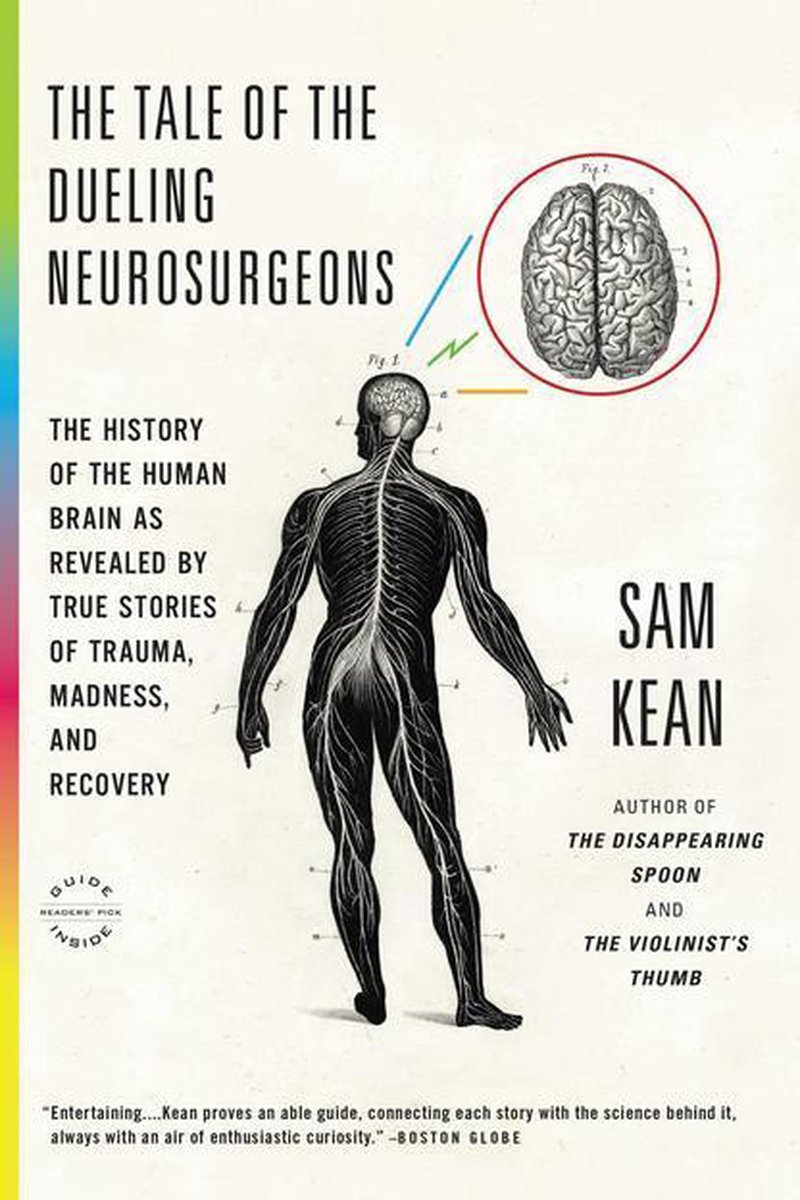
As they get older, abandon them earlier and earlier in the process first let them create their own experiments, then their own hypotheses, and eventually their own topics. For very young kids, give them the facts as we knew them in 18XX, a few competing explanations, and experiments with which to judge them (biased towards practical ones you know will give them informative results), but let them come to their own conclusions. What I would really love to see in science classes is essentially historical reenactments. “Here is the Correct Thing please regurgitate it” is the opposite of science. I am more and more convinced that at least through high school, teaching science independent of history of science is actively damaging, because it teaches scientific facts, and treating things as known facts damages the scientific mindset. This does more damage and is much harder to remove.]

But that required a softer metal, so when the bullet hit it splattered. Some guy resolved this by creating bullets that expanded when shot. Bullets that precisely fit the barrel are very hard to load, bullets smaller than the barrel can’t be aimed with any accuracy. **I’m just going to assume you want the answer: before casings were invented, rifles had a trade off between accuracy and ease of use. [*For example, the idea that the brain was at all differentiated was initially dismissed as phrenology 2.0. Would you like to know why there were so many lost limbs in the Civil War? You would? Well here’s two pages on the physics of rifles and bullets.”** It has a me-like mix of history (historical color, “how we learned this fact”, and “here’s this obviously stupid alternate explanation and why it looked just as plausible if not more so at the time”*), actual science at just the right level of depth, and fun asides like “a lot of data we’ve been talking in this chapter on phantom limbs about comes from the Civil War. The first thing I actually looked up came 20% of the way into the book, when the author claimed the facial injuries of WWI soldiers inspired the look of the Splicers from BioShock.*Īt this point it may be obvious why I think fans of this blog will really enjoy this book, beyond the fact that I enjoyed it. I jumped straight to learning from it, and do not regret this choice.

I know just enough neurobiology and psychology to recognize some of its statements as true without looking them up, and more were consistent enough with what I knew and what good science and good science writing looks like interrogating the book didn’t seem worth the trouble. I originally intended The Tale of the Dueling Neurosurgeons for epistemic spot checking, but it didn’t end up feeling necessary.


 0 kommentar(er)
0 kommentar(er)
